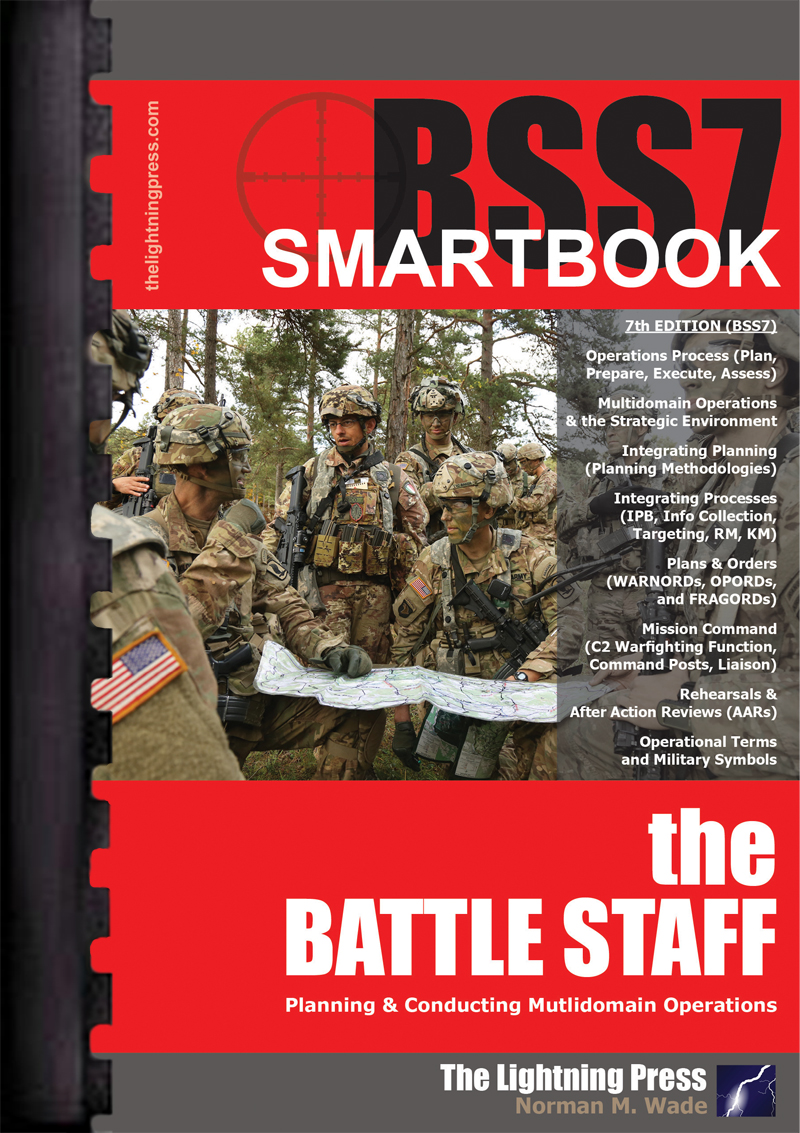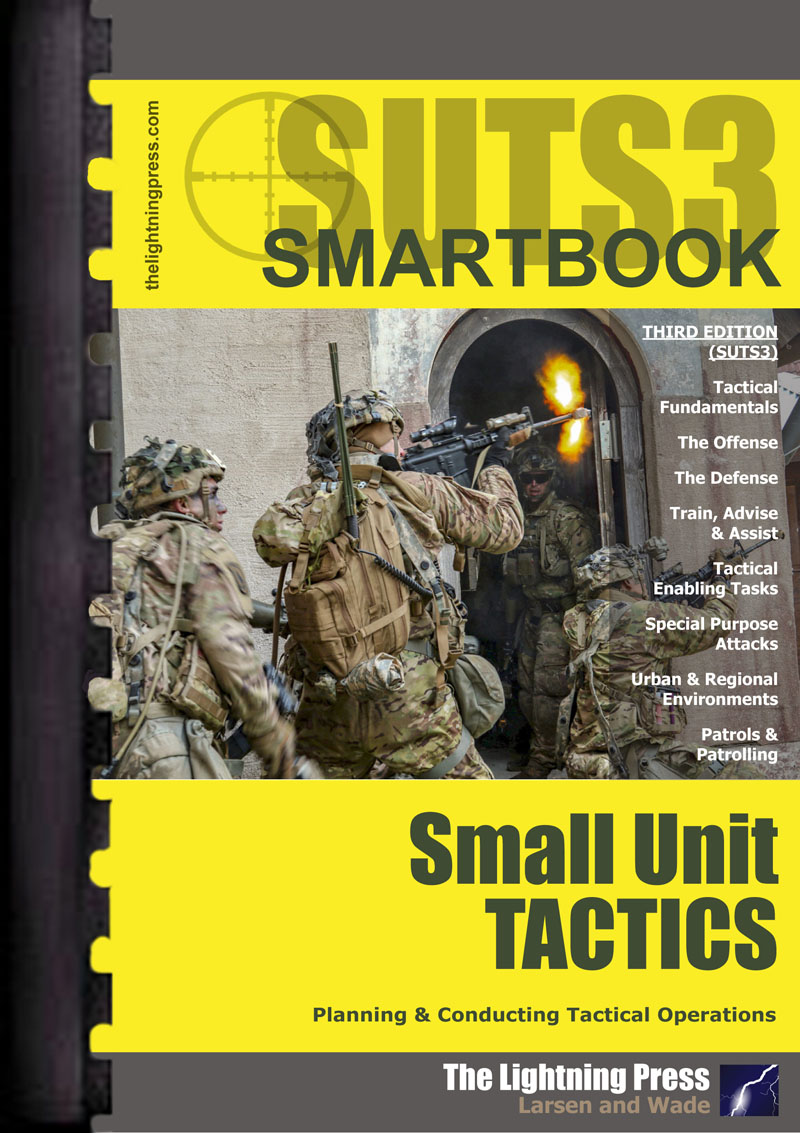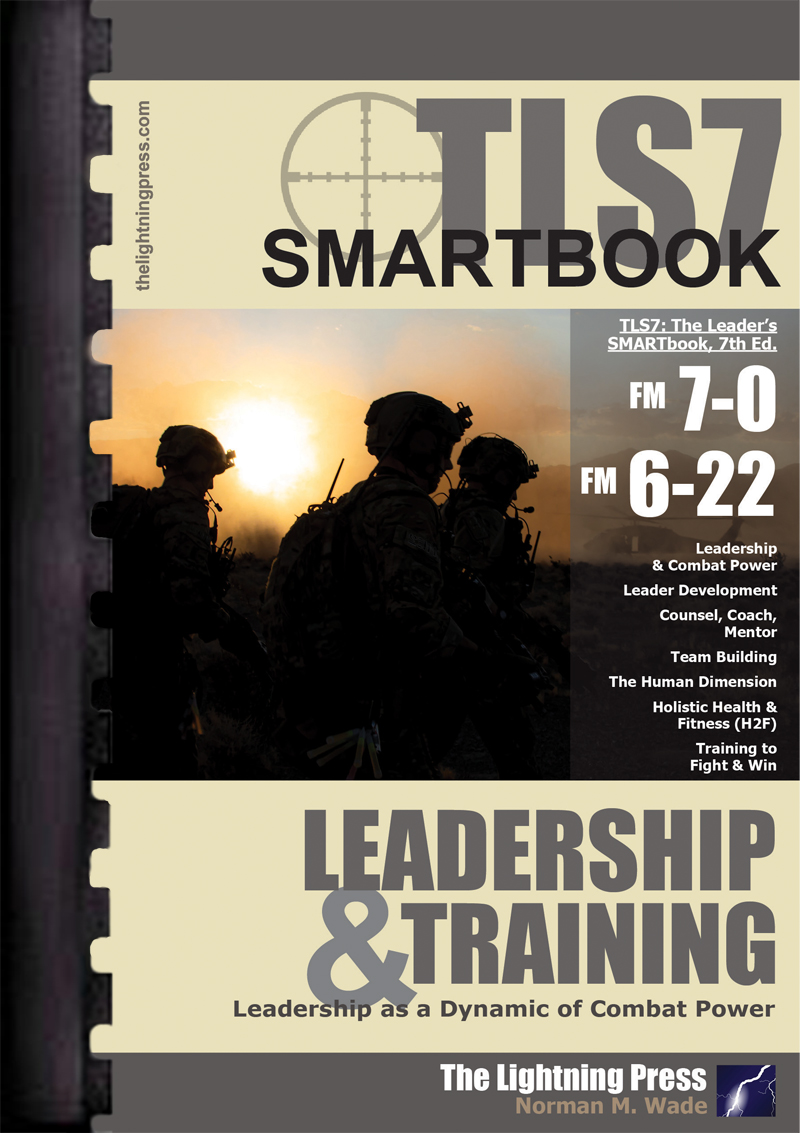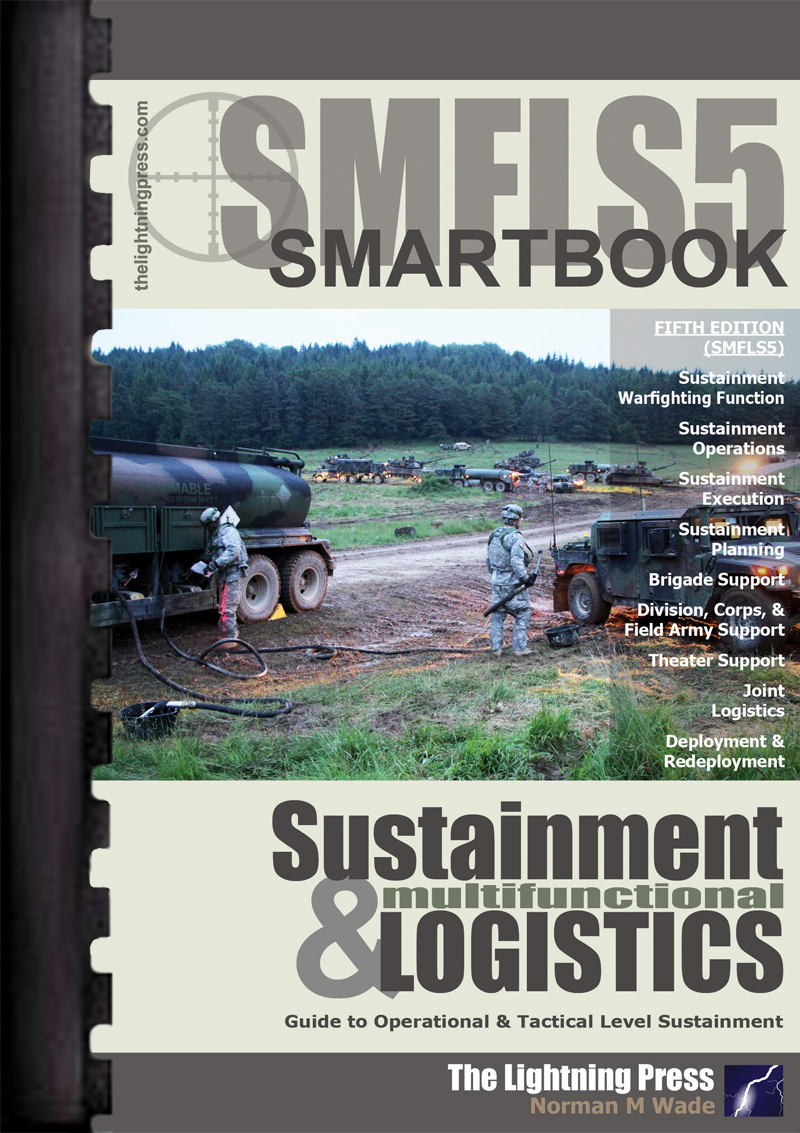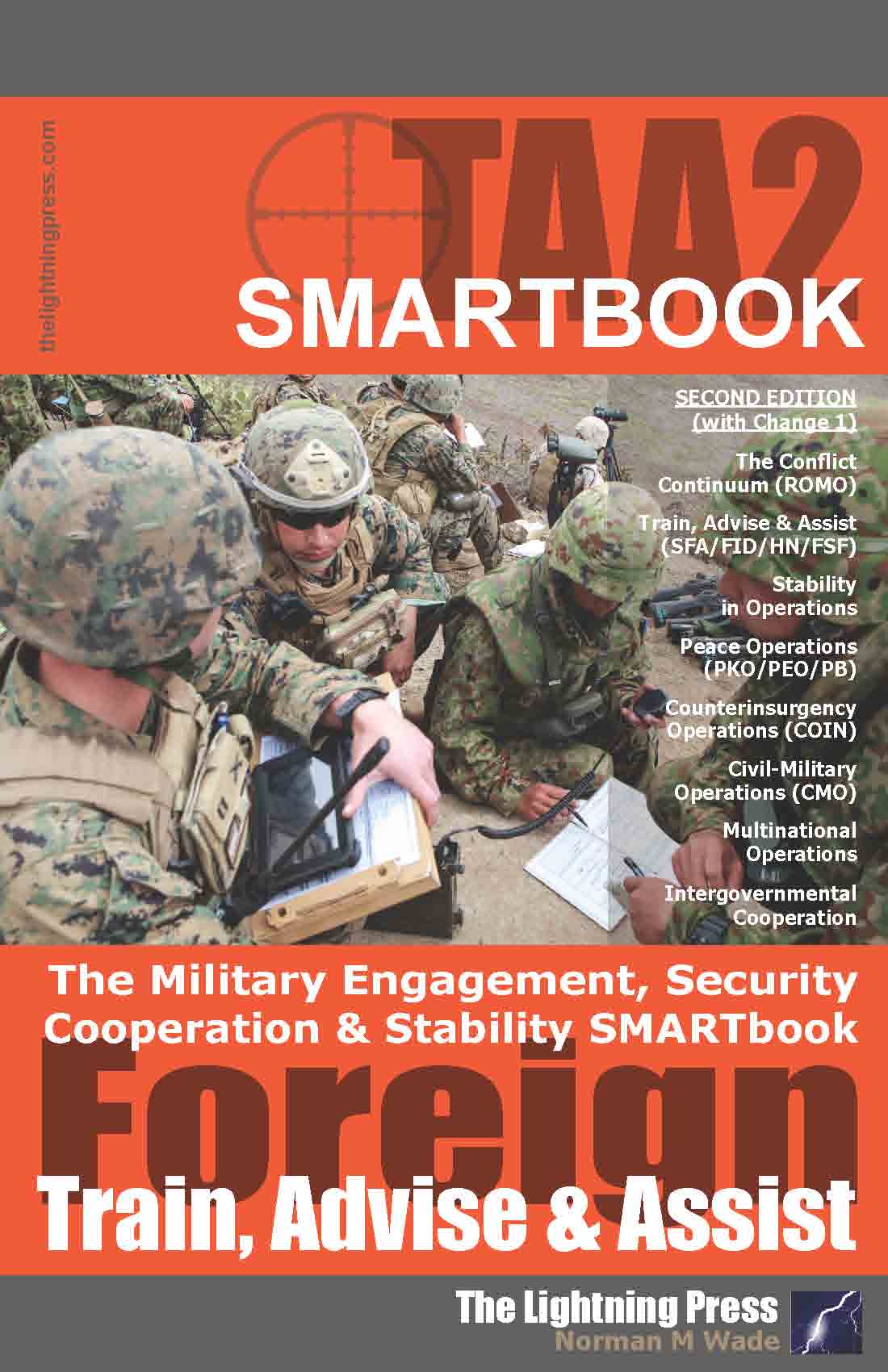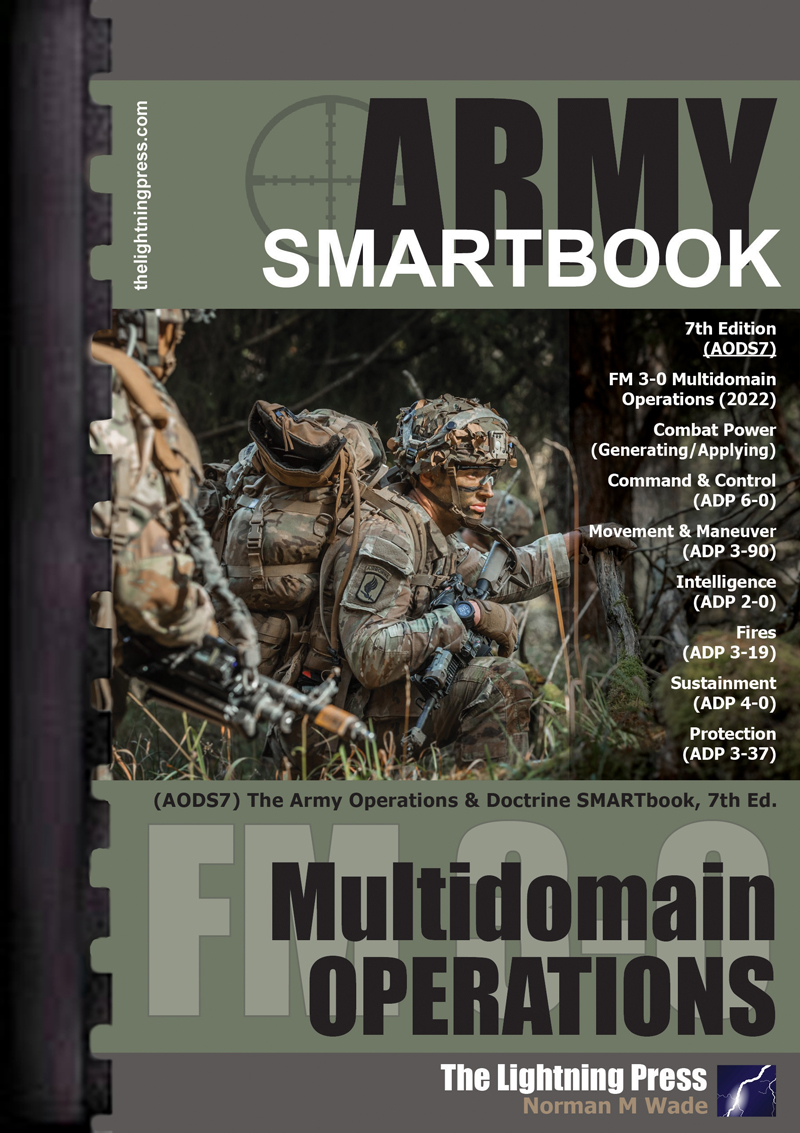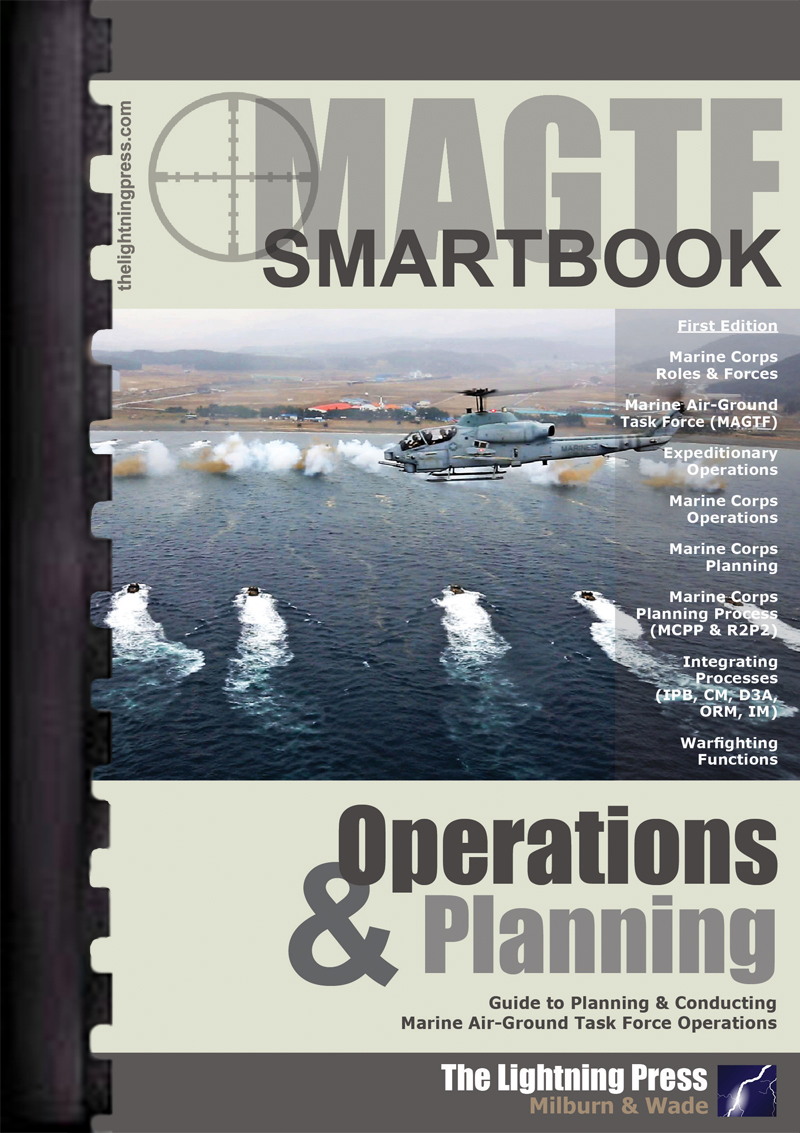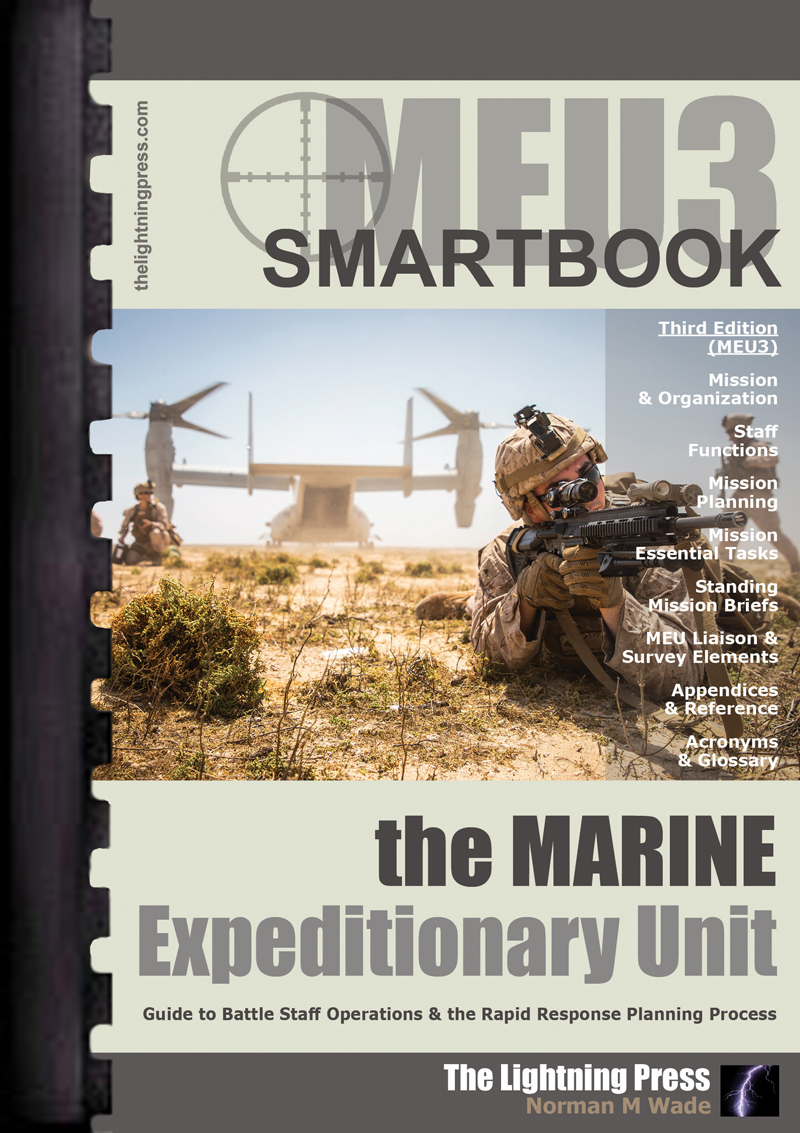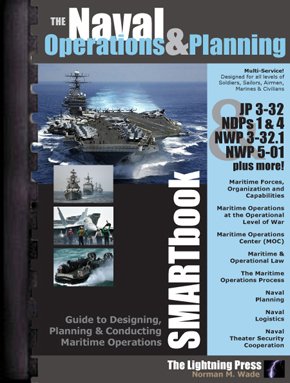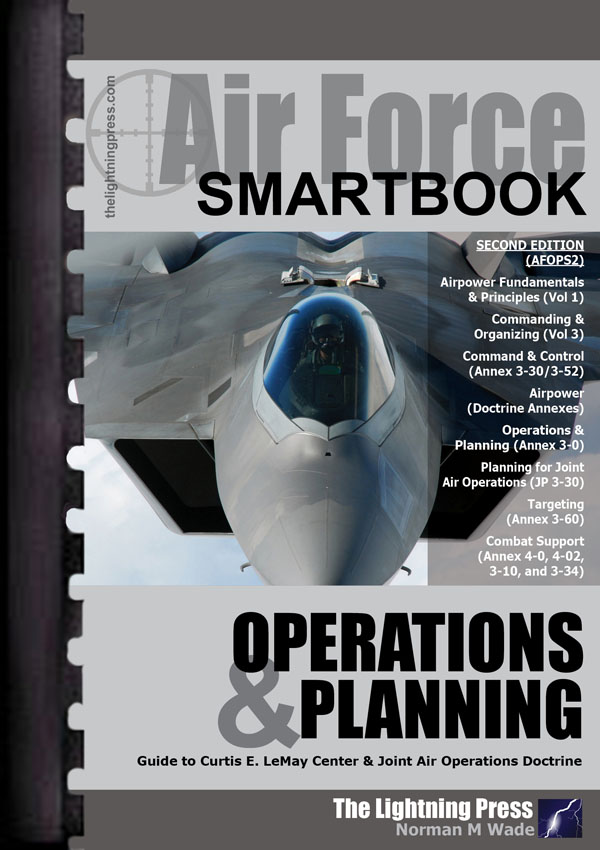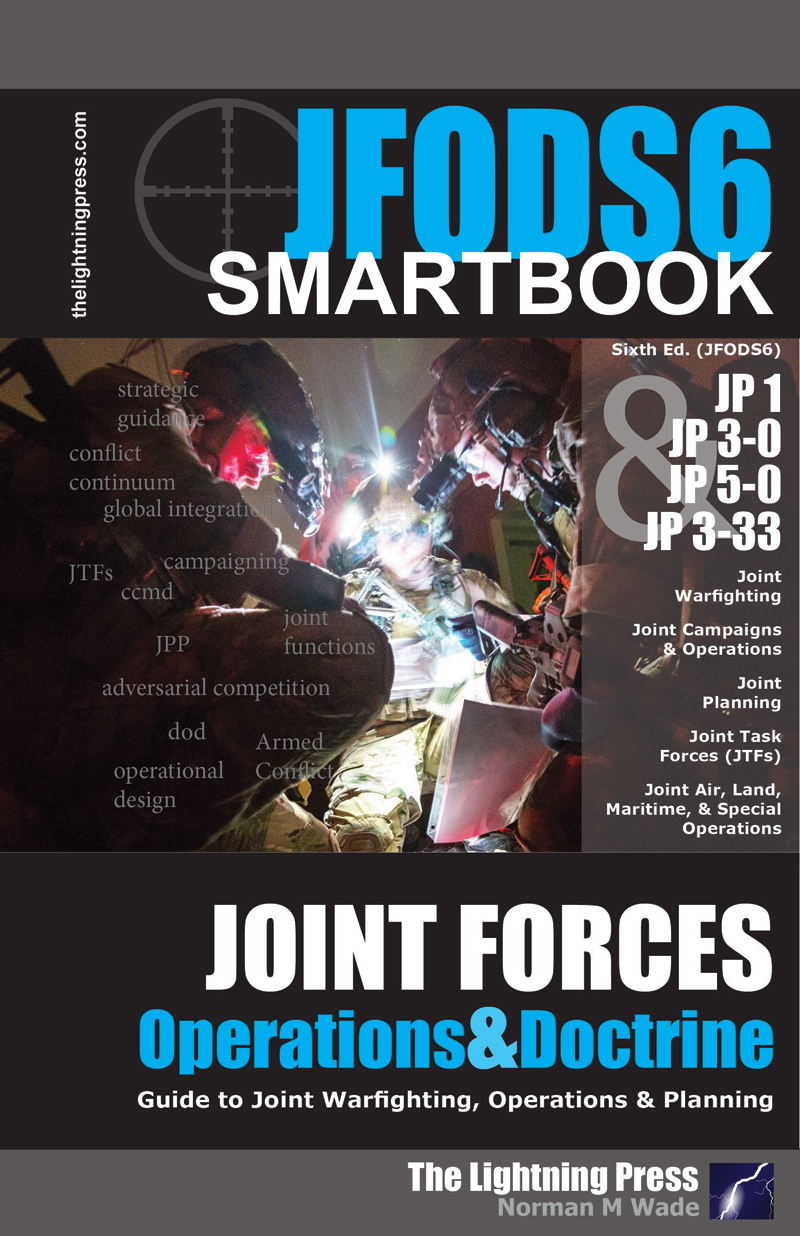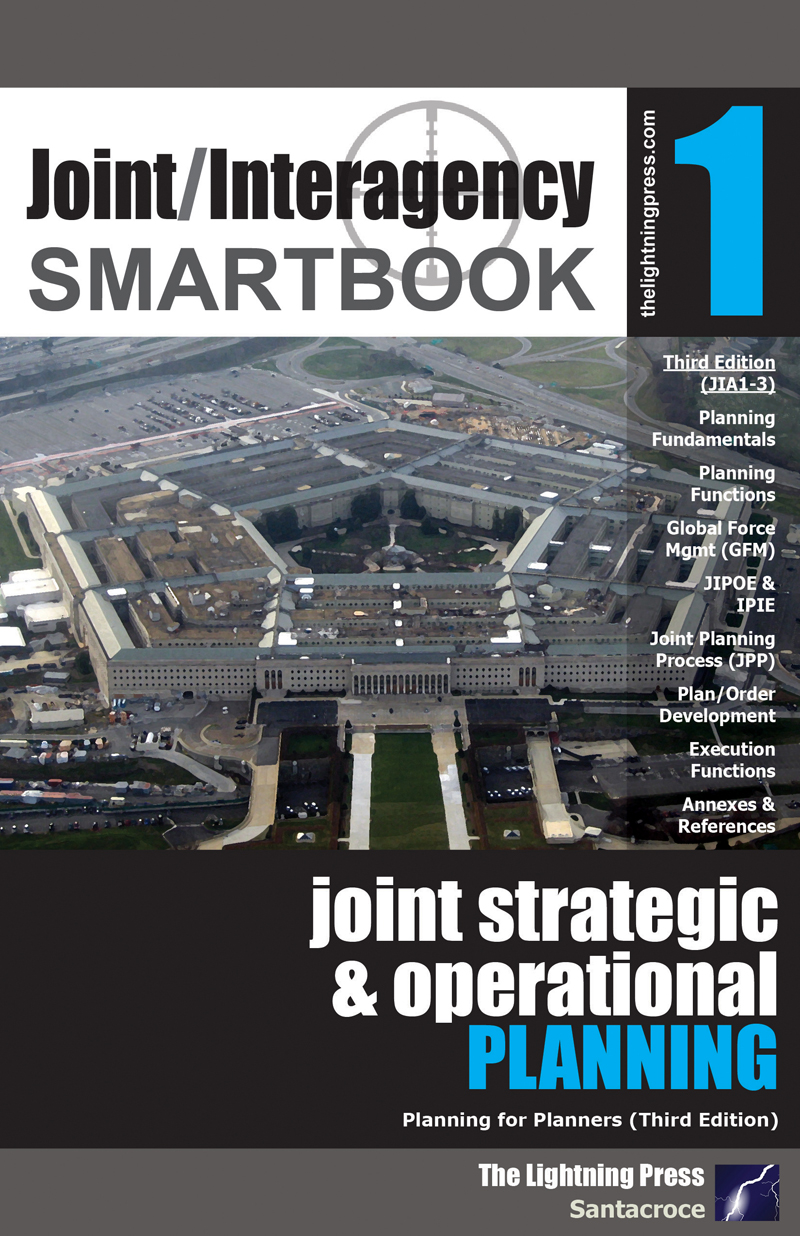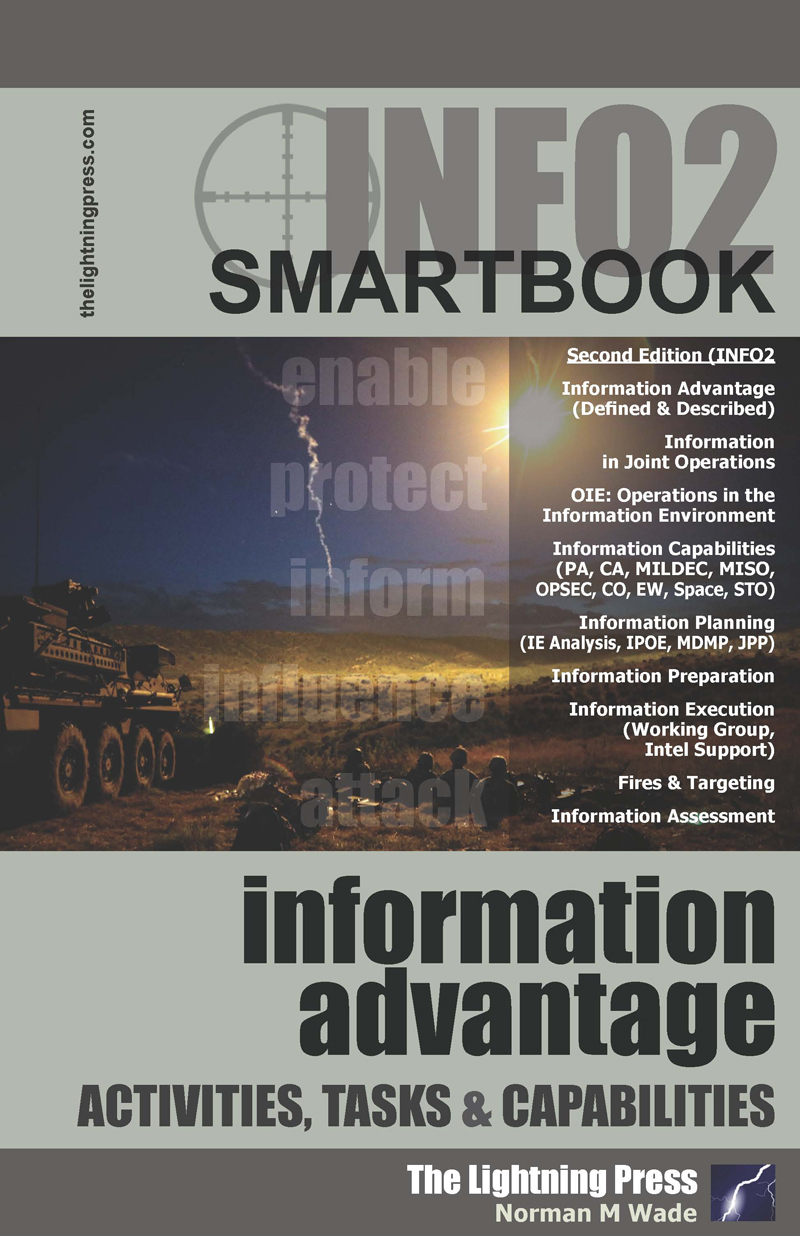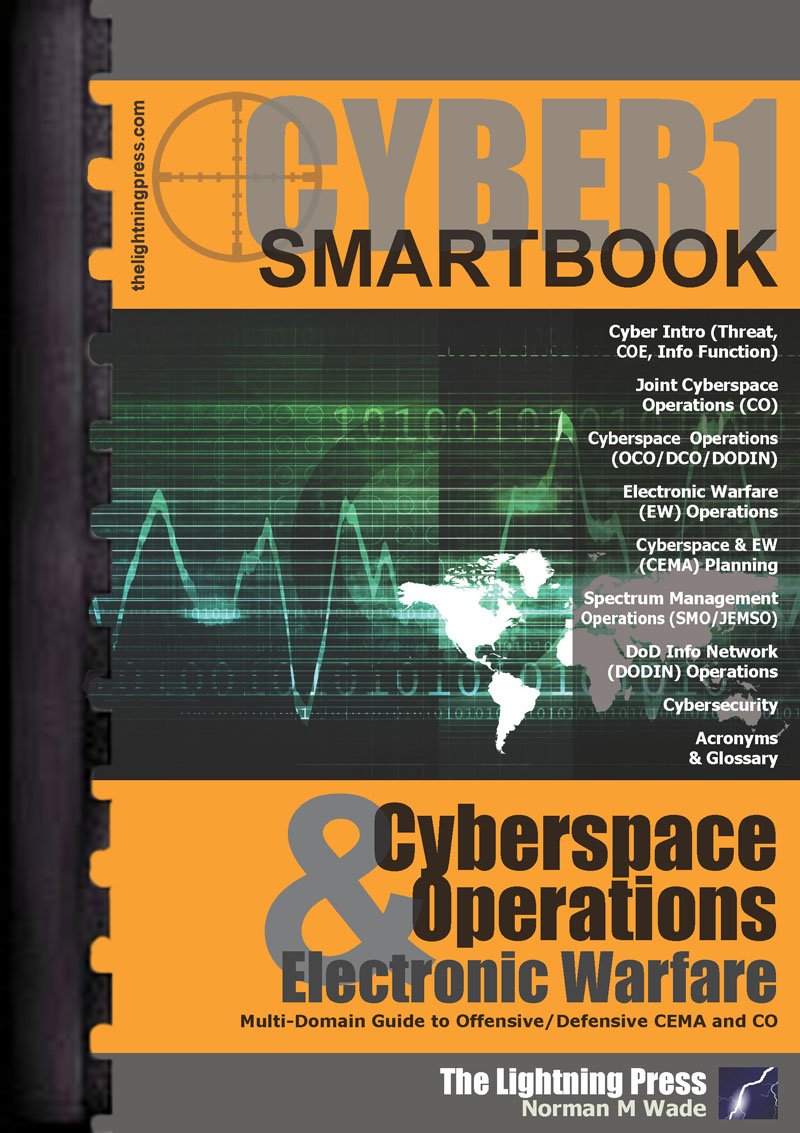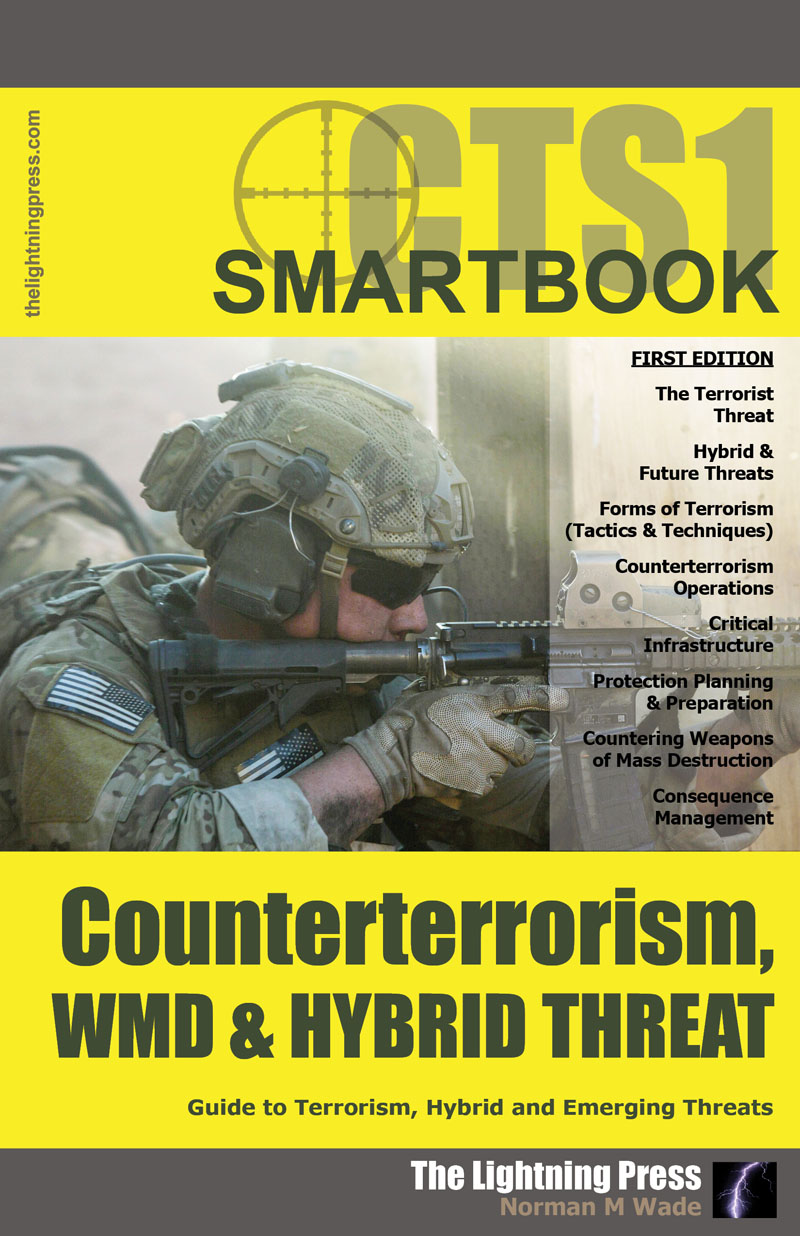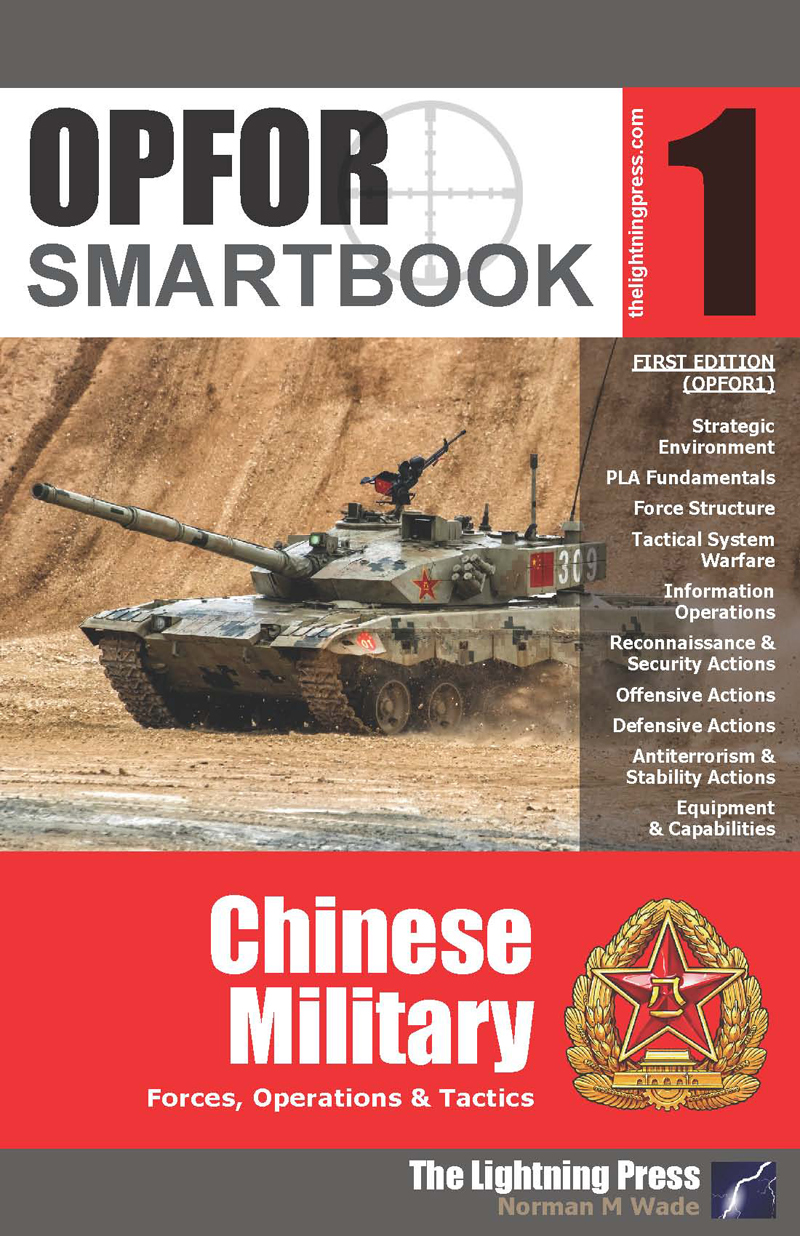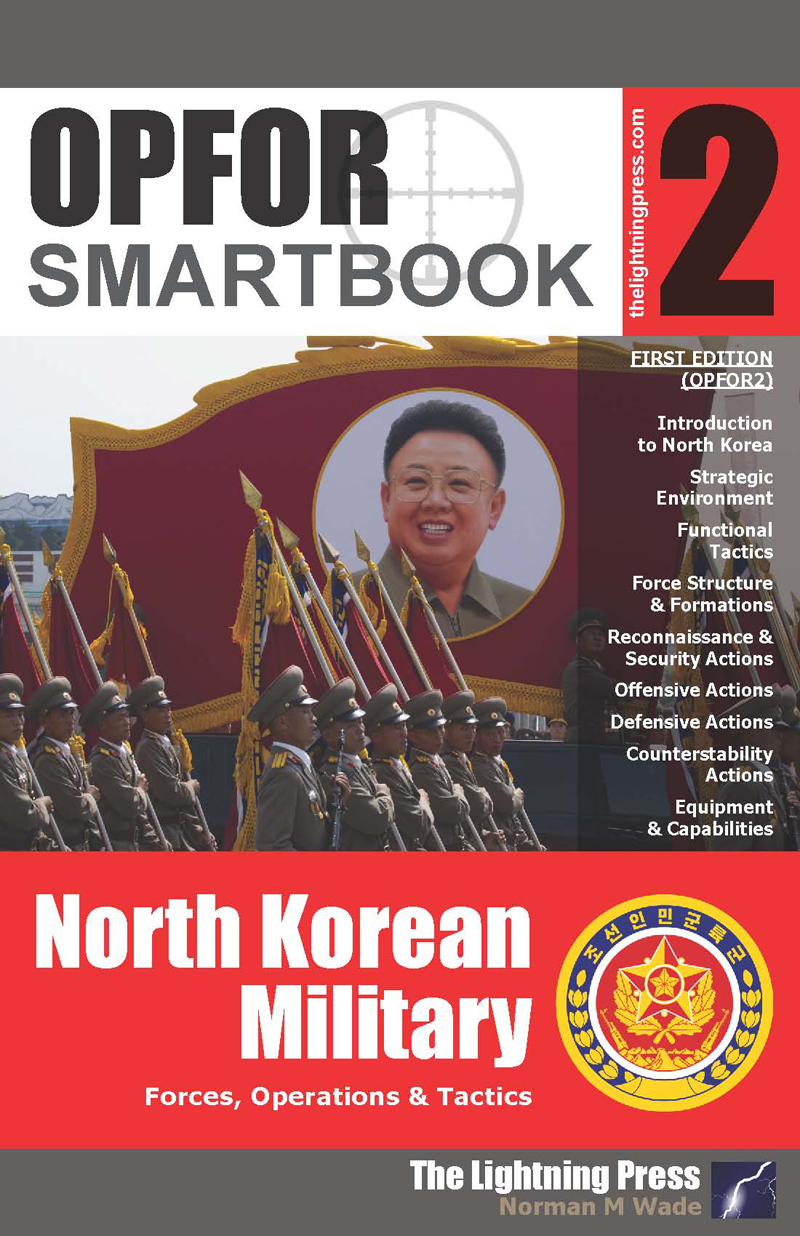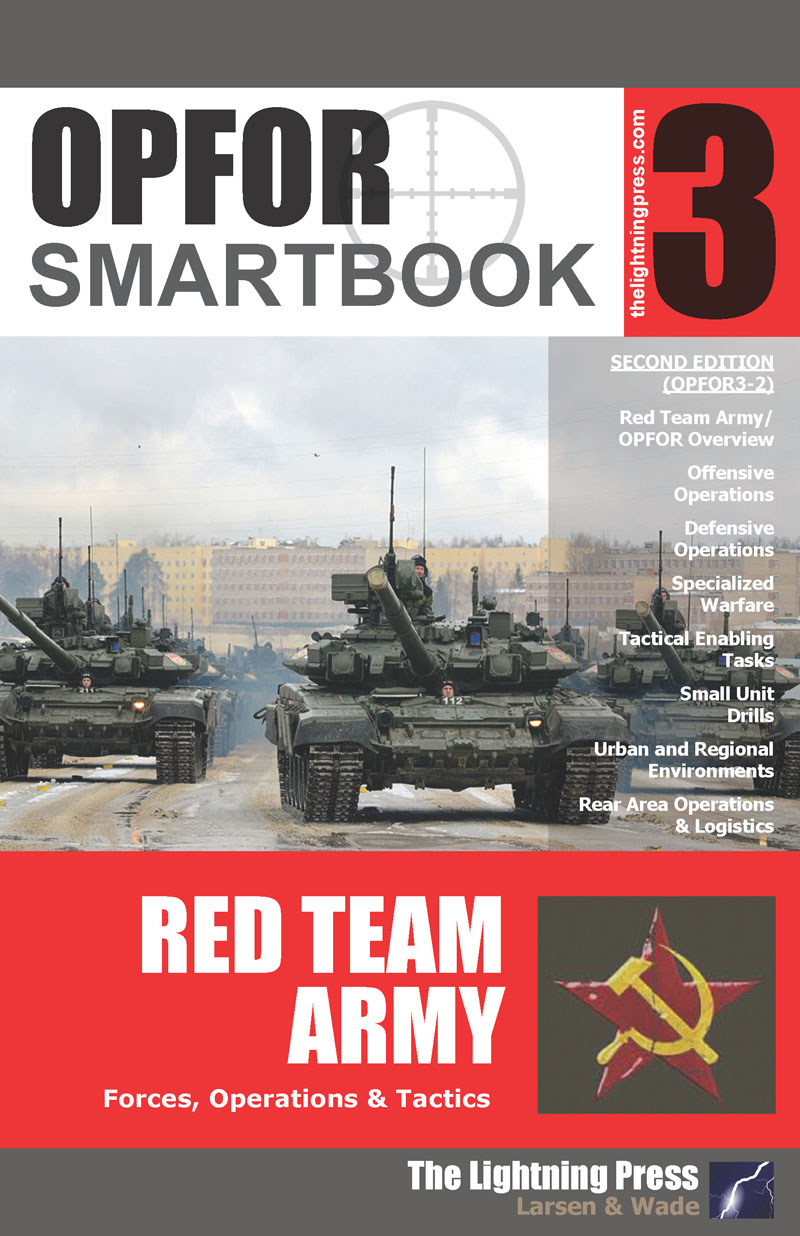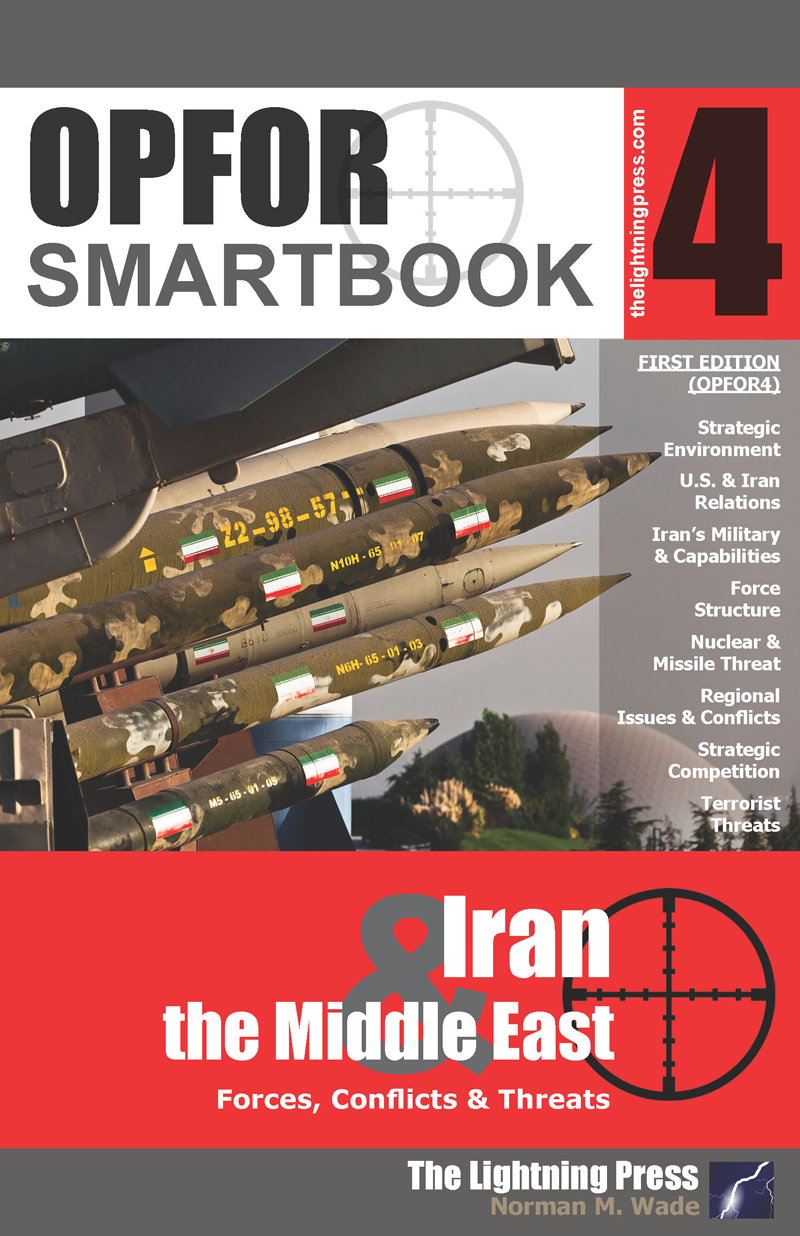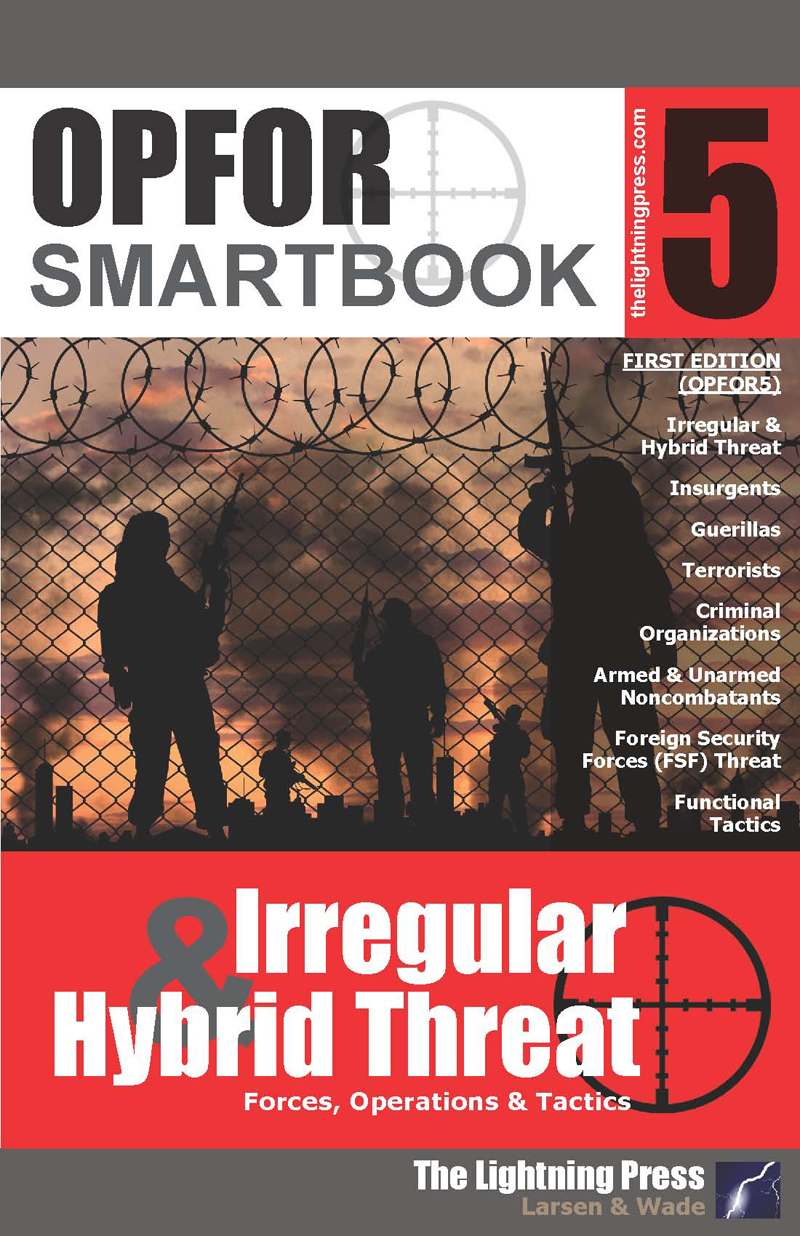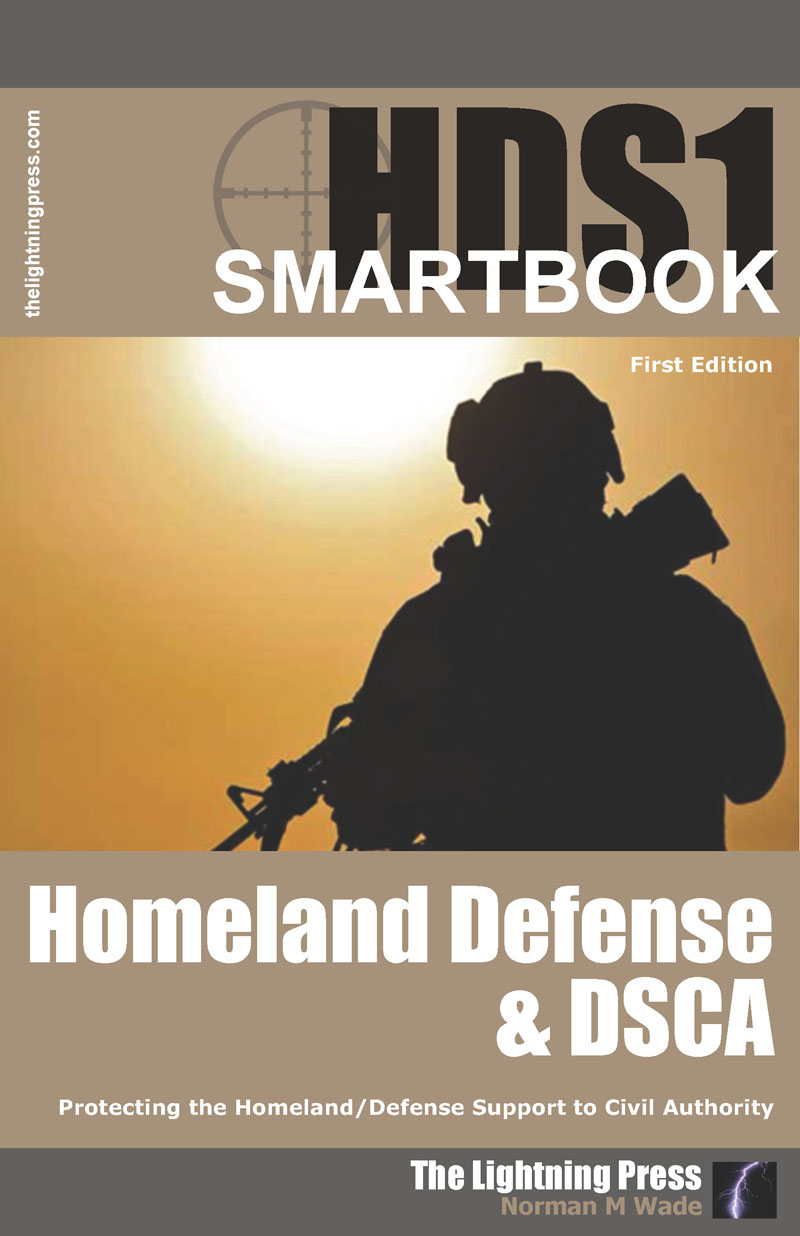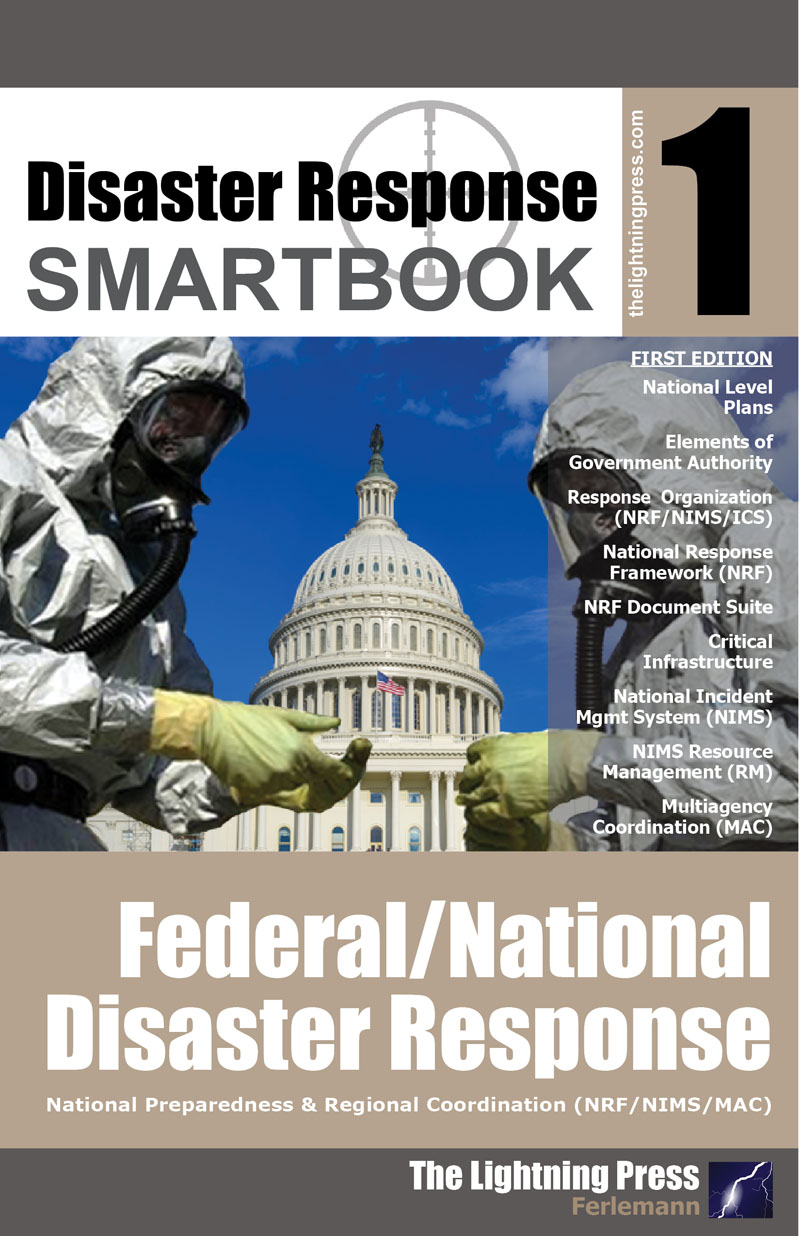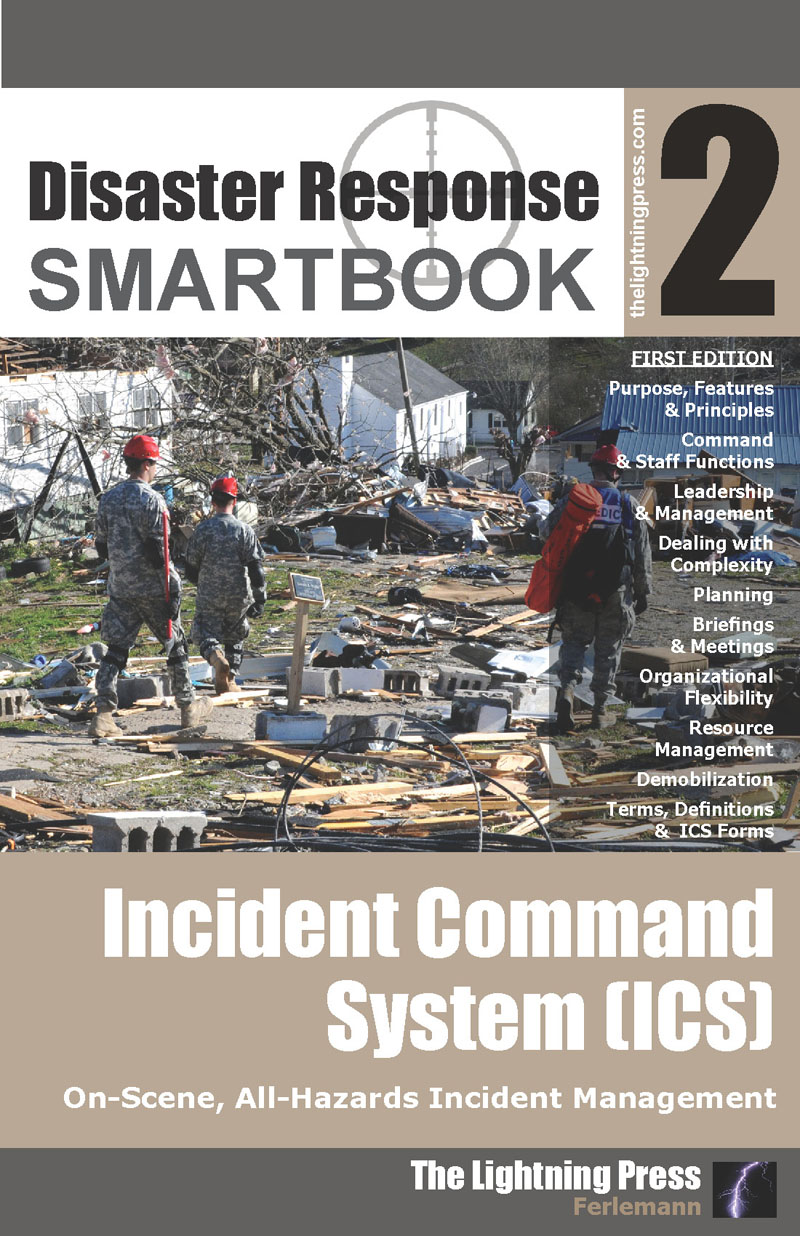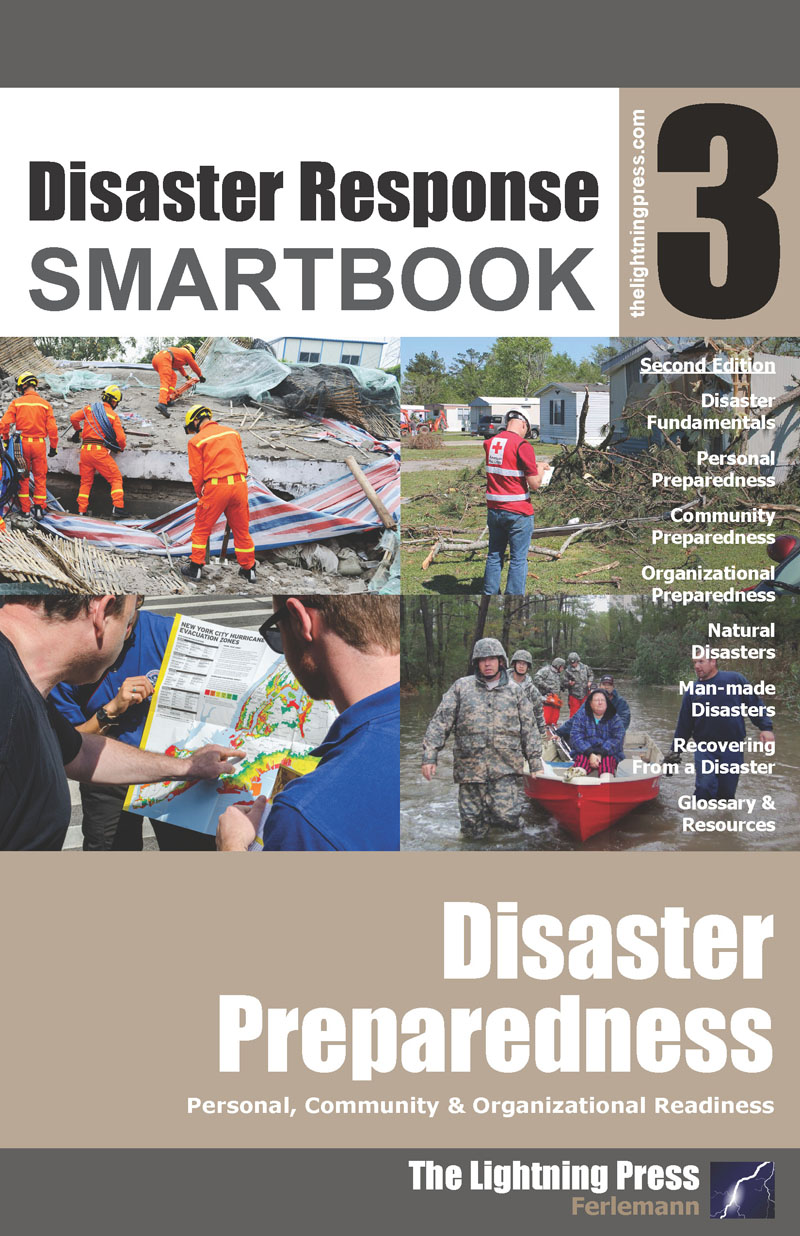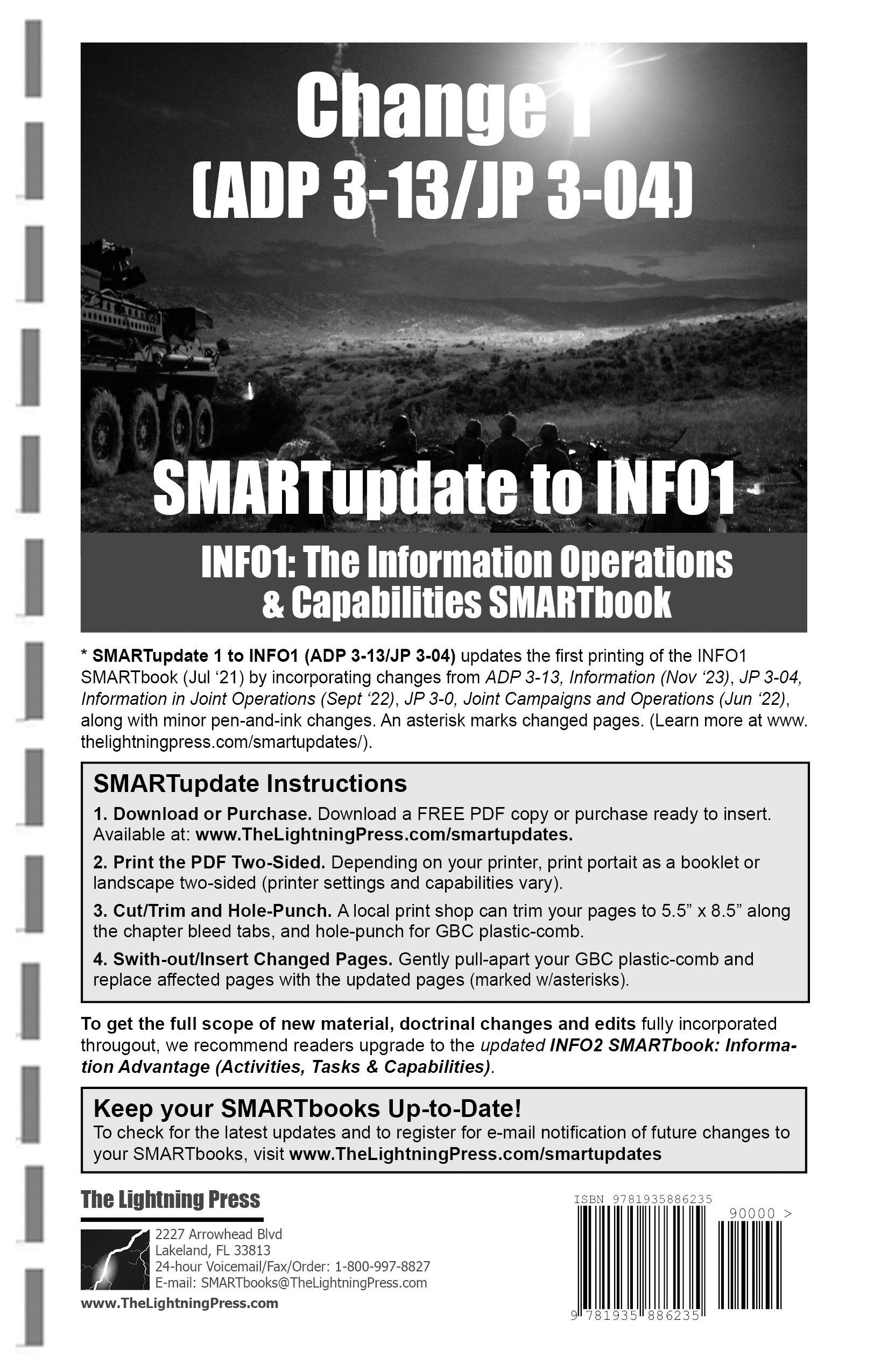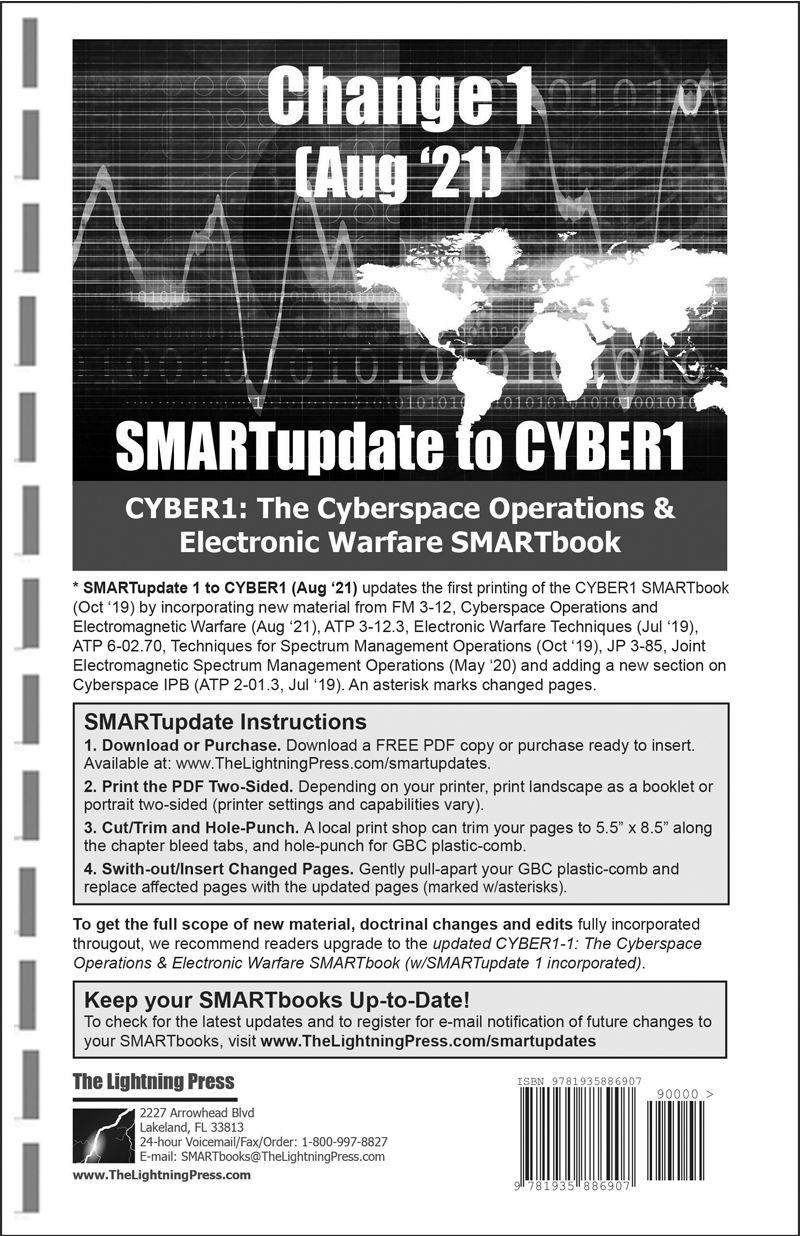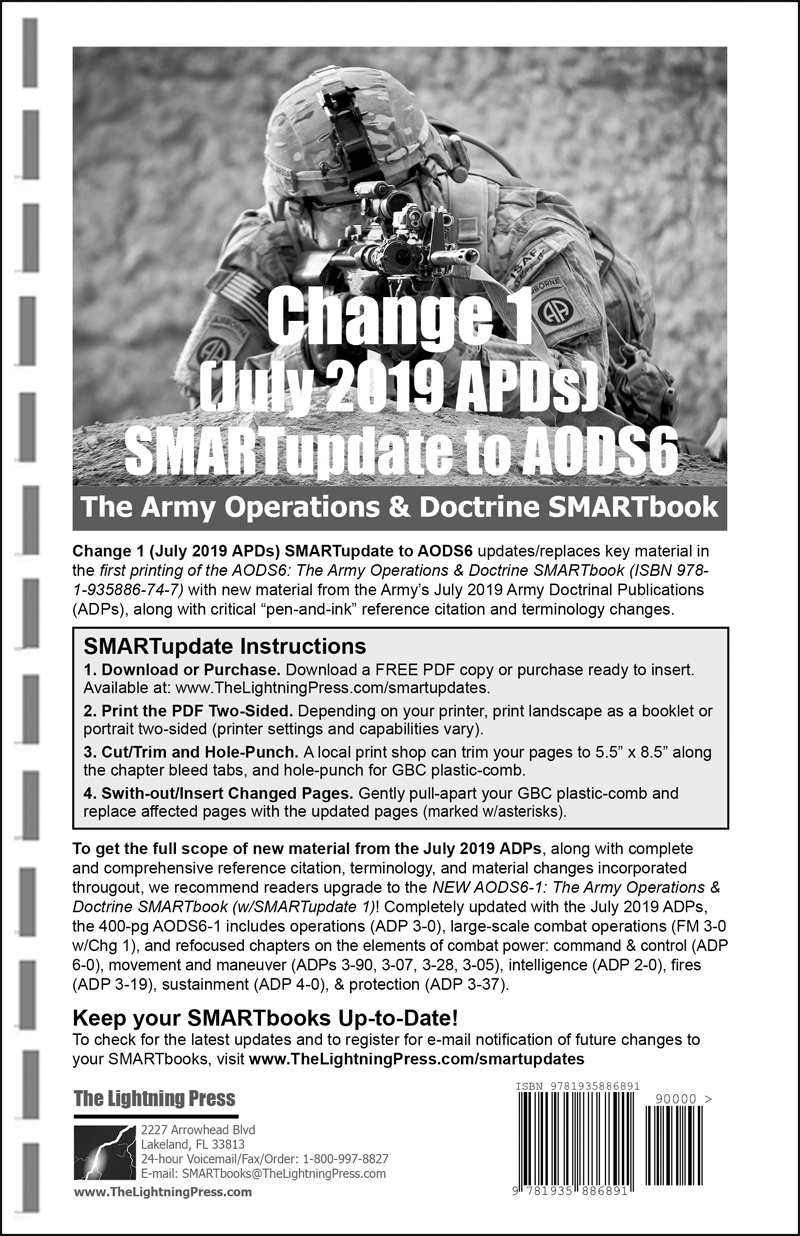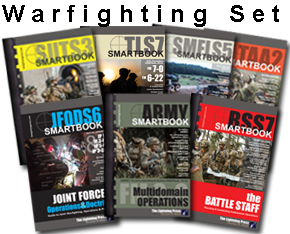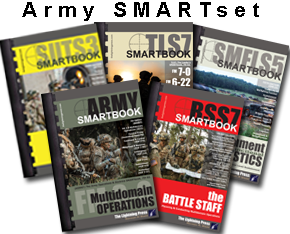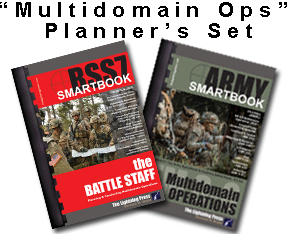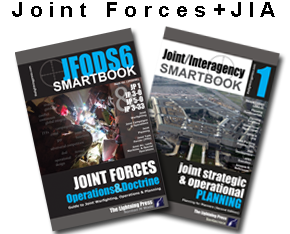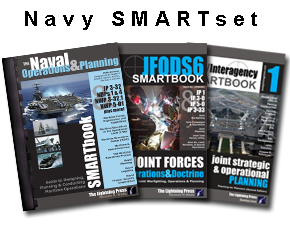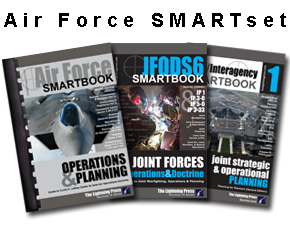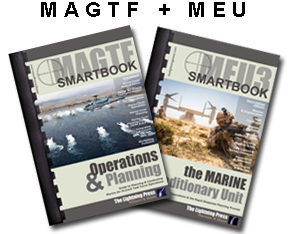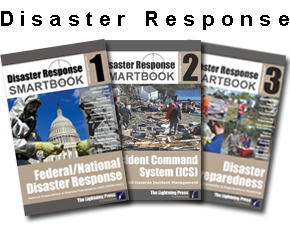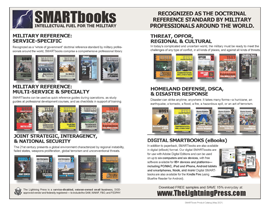* Editor’s Note: The joint doctrinal construct of the “Range of Military Operations” as described below from JP 3-0 (incorporating change 1, Oct ’18 ) has been superseded by the new joint doctrinal construct of “Competition Continuum” from the latest edition of JP 3-0 (Jun ’22), as presented in JFODS6. The competition continuum describes three broad categories of strategic relationships among the actors in the operational environment—cooperation, competition below armed conflict, and armed conflict/war—to distinguish relationships between actors and clarify options for the use of military force within each context. Read our updated article HERE.
The range of military operations is a fundamental construct that helps relate military activities and operations in scope and purpose. The potential range of military activities and operations extends from military engagement, security cooperation, and deterrence in times of relative peace up through large-scale combat operations.
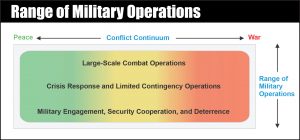
Ref: JP 3-0, fig. V-2. Notional Operations Across the Conflict Continuum. (JFODS5-1: The Joint Forces Operations & Doctrine SMARTbook, 5th Ed. w/Change 1)
The complex nature of the strategic environment may require US forces to conduct different types of joint operations and activities simultaneously across the conflict continuum. Although this publication discusses specific types of operations and activities under the various categories in the range of military operations, each type is not doctrinally fixed and could shift within that range.
• Military Engagement, Security Cooperation, and Deterrence Activities. (See also TAA2: The Military Engagement, Security Cooperation & Stability SMARTbook, 2nd Ed.)
• Crisis Response and Limited Contingency Operations
• Large-Scale Combat Operations
Military engagement, security cooperation, and deterrence activities develop local and regional situational awareness, build networks and relationships with partners, shape the OE, keep day-to-day tensions between nations or groups below the threshold of armed conflict, and maintain US global influence. Many missions associated with crisis response and limited contingencies, such as DSCA and FHA, may not require combat. But others, such as Operation RESTORE HOPE in Somalia, can be dangerous and may require combat operations to protect US forces. Large-scale combat often occurs in the form of major operations and campaigns that achieve national objectives or contribute to a larger, long-term effort (e.g., OEF).
Military Operations and Related Missions, Tasks, and Actions
In general, a military operation is a set of actions intended to accomplish a task or mission. Although the US military is organized, trained, and equipped for sustained, large-scale combat anywhere in the world, the capabilities to conduct these operations also enable a wide variety of other operations and activities. In particular, opportunities exist prior to large-scale combat to shape the OE in order to prevent, or at least mitigate, the effects of war. Characterizing the employment of military capabilities (people, organizations, and equipment) as one or another type of military operation has several benefits. For example, publications can be developed that describe the nature, tasks, and tactics associated with specific types of diverse operations, such as NEO and COIN. These publications provide the basis for related joint training and joint professional military education that help joint forces conduct military operations as effectively and efficiently as possible even in difficult and dangerous circumstances. Characterizations also help military and civilian leaders explain US military involvement in various situations to the US and international public and news media.
Military operations are often categorized by their focus, as listed below. In some cases, the title covers a variety of missions, tasks, and activities. Many activities accomplished by single Services, such as tasks associated with security cooperation, do not constitute a joint operation. Nonetheless, most of these occur under a joint “umbrella,” because they contribute to achievement of Combatant Commander’ (CCDRs’) theater campaign plan (TCP) objectives.
| • Stability activities • Defense support of civil authorities • Foreign humanitarian assistance • Recovery • Noncombatant evacuation • Peace operations • Countering weapons of mass destruction • Chemical, biological, radiological, and nuclear response |
• Foreign internal defense • Counterdrug operations • Combating terrorism • Counterinsurgency • Homeland defense • Mass atrocity response • Security cooperation • Military engagement |
 This article is an extract from “JFODS5-1: The Joint Forces Operations & Doctrine SMARTbook, 5th Ed. w/Change 1 (Guide to Joint, Multinational & Interorganizational Operations)” by The Lightning Press. Download a free PDF sample and learn more at: JFODS5-1: The Joint Forces Operations & Doctrine SMARTbook, 5th Ed. w/Change 1 (Guide to Joint, Multinational & Interorganizational Operations). Additionally, for 400 pages of detailed discussion of joint strategic and operational planning refer to Joint/Interagency SMARTbook 1 – Joint Strategic & Operational Planning, 2nd Ed. (Planning for Planners).
This article is an extract from “JFODS5-1: The Joint Forces Operations & Doctrine SMARTbook, 5th Ed. w/Change 1 (Guide to Joint, Multinational & Interorganizational Operations)” by The Lightning Press. Download a free PDF sample and learn more at: JFODS5-1: The Joint Forces Operations & Doctrine SMARTbook, 5th Ed. w/Change 1 (Guide to Joint, Multinational & Interorganizational Operations). Additionally, for 400 pages of detailed discussion of joint strategic and operational planning refer to Joint/Interagency SMARTbook 1 – Joint Strategic & Operational Planning, 2nd Ed. (Planning for Planners).
Browse additional military doctrine articles in our SMARTnews Blog & Resource Center.
About The Lightning Press SMARTbooks. Recognized as a “whole of government” doctrinal reference standard by military, national security and government professionals around the world, SMARTbooks comprise a comprehensive professional library. SMARTbooks can be used as quick reference guides during operations, as study guides at education and professional development courses, and as lesson plans and checklists in support of training. Browse our collection of Military Reference SMARTbooks to learn more.

